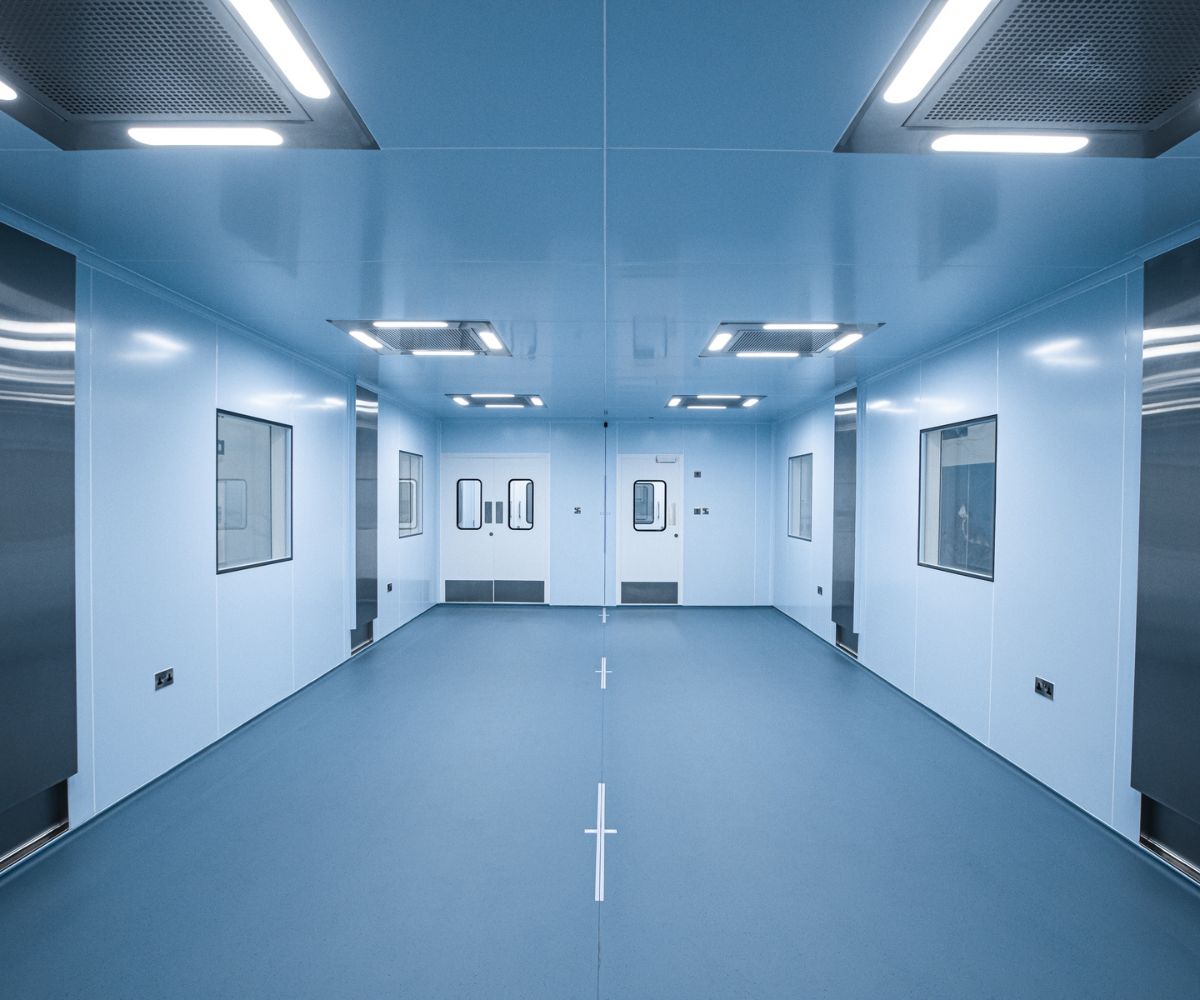For decades, cleanrooms – those meticulously controlled environments essential for sensitive tasks in industries like pharmaceuticals, electronics, and aerospace – have been synonymous with permanent, fixed structures. But with the rise of new applications and the increasing need for flexibility, a revolutionary trend is taking hold: mobile portable cleanrooms.
These self-contained, transportable cleanroom units offer a compelling alternative to traditional, brick-and-mortar facilities. Let’s delve into the world of mobile portable cleanrooms, exploring their advantages, applications, and factors to consider when deciding if they’re the right fit for your needs.
The Advantages of Mobility
The core benefit of mobile portable cleanrooms lies in their very name – mobility. Here’s how this portability translates into advantages:
1. Cost-Effectiveness
Mobile cleanrooms offer significant cost savings compared to traditional cleanrooms. Construction costs are eliminated, and the modular design allows for easier redeployment or resale when needs change.
2. Rapid Deployment
Time is often a critical factor. Mobile cleanrooms can be quickly deployed, eliminating lengthy construction times and delays associated with permitting and building processes. This is especially beneficial for temporary projects or situations requiring immediate cleanroom access.
3. Flexibility
Mobile cleanrooms offer unmatched flexibility. They can be easily relocated within a facility, transported to different sites, or reconfigured to accommodate changing needs. This adaptability is invaluable for companies with fluctuating production demands or those operating in multiple locations.
4. Scalability
Need to expand your cleanroom capacity? Many mobile cleanroom providers offer modular designs that allow you to add additional units seamlessly as your requirements evolve.
5. Reduced Footprint
Mobile cleanrooms come in various sizes, catering to specific needs. This allows for a more space-efficient utilization of your existing infrastructure compared to large, permanent cleanrooms.
Applications of Mobile Portable Cleanrooms
The versatility of mobile cleanrooms makes them suitable for a wide range of applications across various industries. Here are some prominent examples:
Pharmaceuticals & Medical Devices
Maintaining a sterile environment is crucial for pharmaceutical manufacturing and medical device assembly. Mobile cleanrooms can provide a controlled environment for critical processes like aseptic filling or implant assembly.
Electronics Manufacturing
The delicate nature of electronic components demands a clean and dust-free environment. Mobile cleanrooms can be used for sensitive tasks like circuit board assembly, optical component production, or electronics repair.
Aerospace Industries
Aircraft parts and components require meticulous cleanliness during assembly and maintenance. Mobile cleanrooms can be deployed at maintenance facilities or remote hangar locations to provide a controlled environment for these critical tasks.
Food Processing
Maintaining hygiene standards is paramount in food processing. Mobile cleanrooms can be used for packaging sensitive food items or research and development of new food products.
Disaster Response & Field Applications
Mobile cleanrooms can be invaluable for disaster response situations, providing temporary clean environments for medical treatment or critical equipment storage. Additionally, they can be used for field research in areas with high particulate matter or contamination risks.
Choosing the Right Mobile Portable Cleanroom
With the growing number of mobile cleanroom providers, selecting the right unit for your needs requires careful consideration. Here are some key factors to keep in mind:
Cleanroom Classification
Cleanrooms are classified according to the number and size of airborne particles allowed per cubic meter of air. ISO standards define these classifications (ISO 5 being the cleanest, ISO 8 the least). Choose a mobile cleanroom that meets the specific cleanliness requirements of your application.
Size and Layout
Consider the size and layout of the mobile cleanroom for your intended use. Ensure there’s enough space for personnel, equipment, and material flow.
Air Filtration System
The air filtration system is the heart of any cleanroom. Evaluate the type and efficiency of HEPA filters used in the mobile cleanroom to ensure they can maintain the desired cleanliness level.
Environmental Control
Temperature, humidity, and pressure control are often critical for maintaining a stable environment within the cleanroom. Ensure the mobile unit has the necessary systems to meet your specific environmental control needs.
Accessibility
Consider the ease of access for personnel and equipment in the mobile cleanroom. Factors like door size, ramp configurations, and internal space layout all contribute to overall usability.
The Future of Cleanroom Mobility
Remote Monitoring & Control
Advancements in internet connectivity could pave the way for real-time remote monitoring and control of mobile cleanroom environmental conditions, allowing for centralized management from any location.
Improved Sustainability
Manufacturers are exploring ways to make mobile cleanrooms more energy-efficient through the use of sustainable materials and innovative HVAC systems. This focus on sustainability will be crucial as environmental concerns continue to rise.
Standardization and Regulations
As the mobile cleanroom market matures, we can expect increased standardization of design and components, leading to greater compatibility and easier integration with existing facilities. Additionally, regulatory bodies may develop specific guidelines for the use and certification of mobile cleanrooms in certain industries.
Conclusion
Mobile portable cleanrooms represent a significant paradigm shift in the cleanroom industry. Their inherent flexibility, cost-effectiveness, and rapid deployment capabilities make them a compelling solution for a diverse range of applications. As technology advances and the market matures, we can expect mobile cleanrooms to play an even more prominent role, shaping the future of controlled environments across various sectors.

